by Patrícia Dérer
It is possible to estimate an optimal human population size based on various criteria and assumptions. Here, we do not deal with the lower bound of the human population (the minimum viable population) as we are certainly well above that limit. Concerning the upper bound, we have to consider the carrying capacity of the Earth for Homo sapiens. The carrying capacity for any species is the maximum number of individuals that can be indefinitely supported at a given consumption level by a given environment. For humans, the estimates differ substantially, ranging from less than 1 billion to more than 1,000 billion people, depending on the average consumption, technology and other factors. Around two thirds of the estimates fall in the range of 4 billion to 16 billion persons, and the median value is about 10 billion1,2 –the size that the UN expects in 2055 under its median variant projection.
However, “maximum” is not the same as “optimal.” Apart from constraints due to carrying capacity, other criteria should be considered. We can define the optimal population size as the size that produces the best results according to explicit goals or targets. Targets chosen in the well-known study of Daily et al.3 include sufficient wealth, access to resources, universal human rights, preservation of biodiversity and cultural diversity, and support for intellectual, artistic and technological creativity. Estimating the amount of energy to satisfy these human needs while keeping ecosystems and resources intact, they calculated the optimal population size in the vicinity of 1.5 – 2 billion people.
Another study estimated optimal population size based on the minimal land needed for food production (0.5 hectare per person) and soil conservation – resulting in a population size of 3 billion people 4. Naturally, these results depend strongly on the assumed per capita consumption considered to satisfy needs for everyone. In a third study, Pimentel et al. considered a comfortable consumption based on European living standard and a sustainable use of natural resources, suggesting only 2 billion people as appropriate size5.
In a recent article, “Sustainable welfare and optimum population size”6, Lianos and Pseiridis attempt to estimate optimal population size using an objective criterion designed to assure that human resource use does not deplete Earth’s natural capital. This is the unitary value of the ecological footprint-biocapacity ratio (L). The ecological footprint measures the demand that human consumption places on the biosphere. Biocapacity represents the biosphere’s regenerative capacity; i.e., it measures the productivity of various ecosystems. Between 1961–2009, their ratio L increased dramatically. In the beginning of this period, the world had a substantial ecological reserve. That disappeared after about 10 years and since then we have been operating in deficit mode. Today the demand for resources exceeds the available supply by 50 % (L=1.5). (Fig.1)

The authors calculate the maximum gross world product (GWP, the combined gross national product of all the countries in the world), the production of which would leave the natural capital of the Earth and other species’ populations intact (L=1). In order not to exceed this maximum GWP, but keep a comfortable European average per capita GWP level ($11.000), we should reduce our population to 3.1 billion. If we wish to keep population at 7 billion, the per capita product must be radically reduced to $4.950, from the current $16.1007. From this it is clear that the current situation cannot be sustained in the long run, and one way or another, further decline in the ecological footprint-biocapacity ratio is needed. (Fig. 2)

The authors also estimate the maximum sustainable population size for the fifty most populated countries, based on each country’s ability to feed its population. They found a few countries to be underpopulated by this criterion (including Argentina, Canada, and Russia), and most overpopulated, including the Korean Republic, Japan, Egypt, Bangladesh, Yemen, Colombia, Nepal, the UK, Venezuela, Vietnam, the Philippines, and Pakistan. The most heavily populated countries in absolute terms are by far China and India. Their combined arable land and cropland is only 19 % of the global total; however, they are home for the 37 % of the world’s population. Therefore, the authors suggest that the population of these countries should decrease by 1.9 billion. They believe this is achievable with effective family planning programs, strong ethical policies and government incentives.
The Overpopulation Project advocates for ending global population growth and believes that declining country populations can be beneficial for the environment and for people. In addition, like many other researchers, we argue for reducing per capita consumption in high-consumer countries, to reduce the ecological footprint-biocapacity ratio and achieve environmentally sustainable societies.
References:
- United Nations. Department of Economic and Social Affairs. Population Division. World population monitoring, 2001 : population, environment and development. (United Nations, 2001).
- Cohen, J. E. How many people can the earth support? (Norton, 1995).
- Daily, G. C., Ehrlich, A. H. & Ehrlich, P. R. Optimum human population size. Popul. Environ. A J. Interdiscip. Stud. 15, 469–475 (1994).
- Pimentel, D., Harman, R., Pacenza, M., Pecarsky, J. & Pimentel, M. Pimentel, David, Natural Resources and an Optimum Human Population. Popul. Environ. 15, 347–369 (1994).
- Pimentel, D. et al. Will Limited Land, Water, and Energy Control Human Population Numbers in the Future? Hum. Ecol. 38, 599–611 (2010).
- Lianos, T. P. & Pseiridis, A. Sustainable welfare and optimum population size. Environ. Dev. Sustain. 18, 1679–1699 (2016).
- United States. Central Intelligence Agency. The CIA world factbook 2014. (Skyhorse Publishing, Inc, 2013).


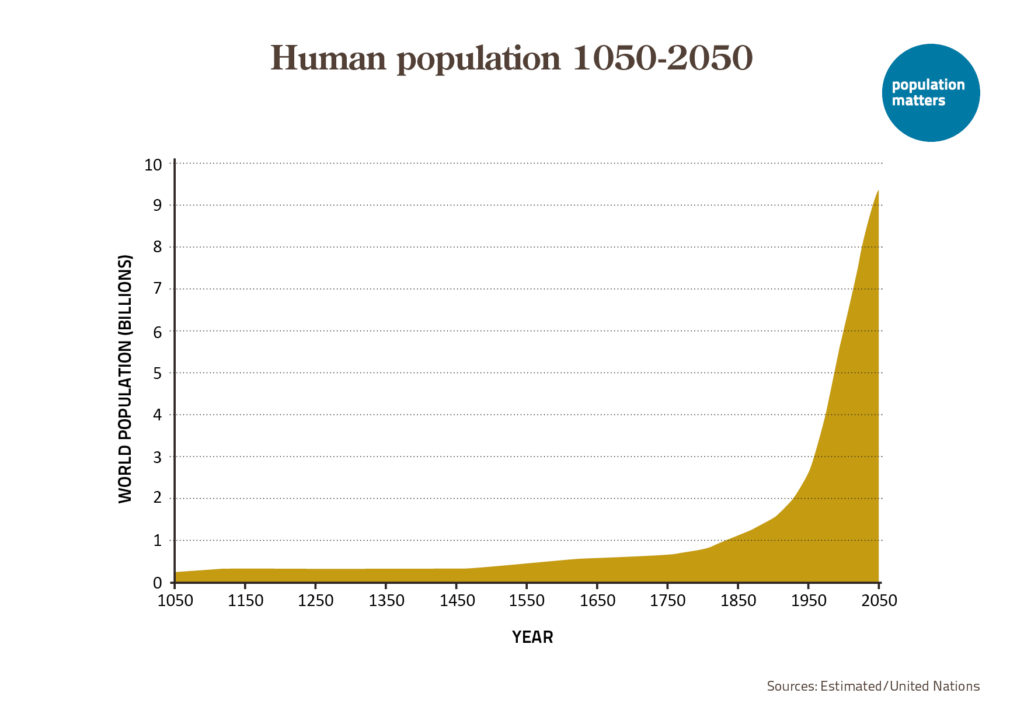
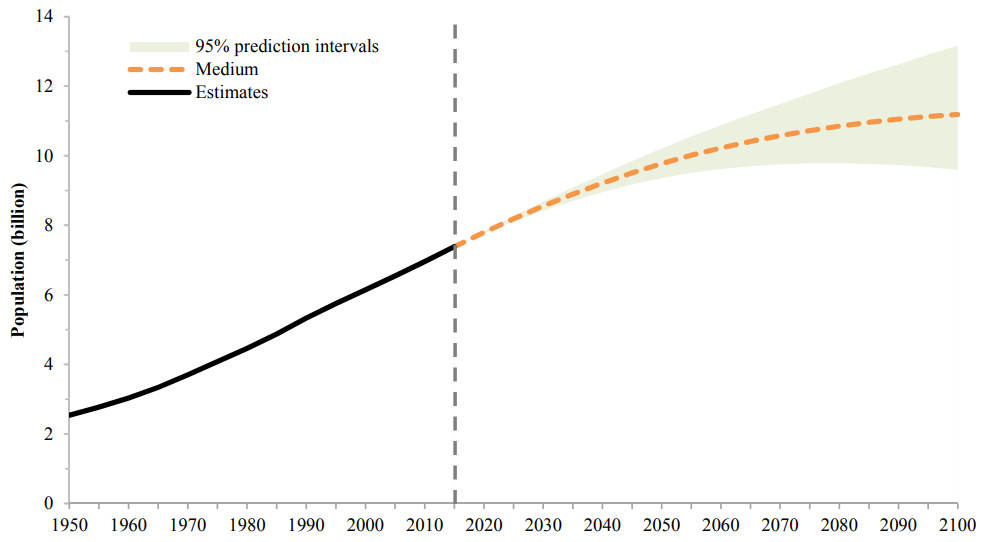
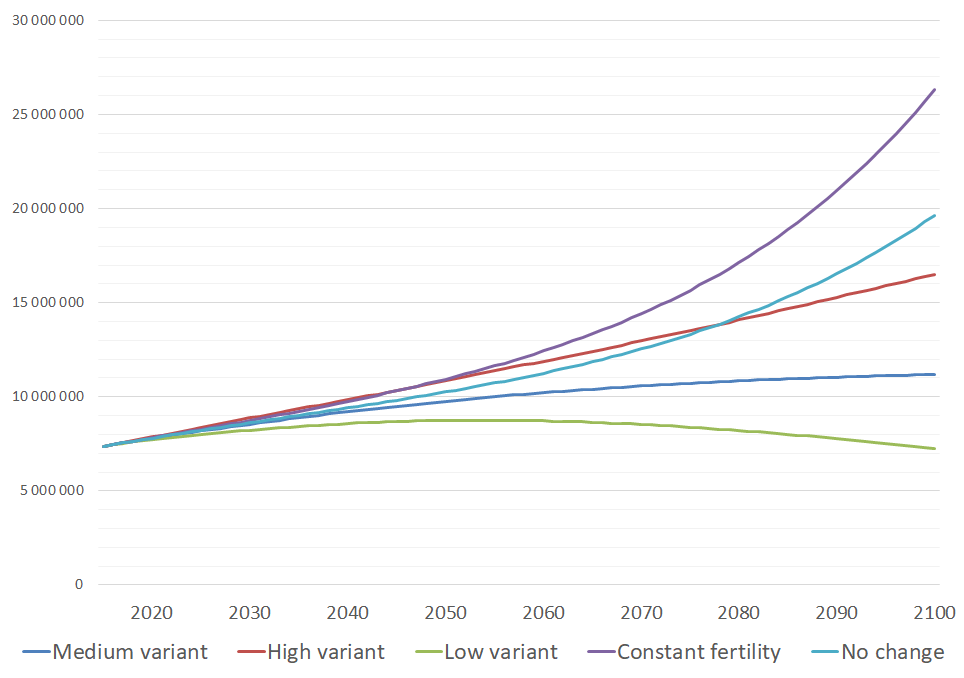
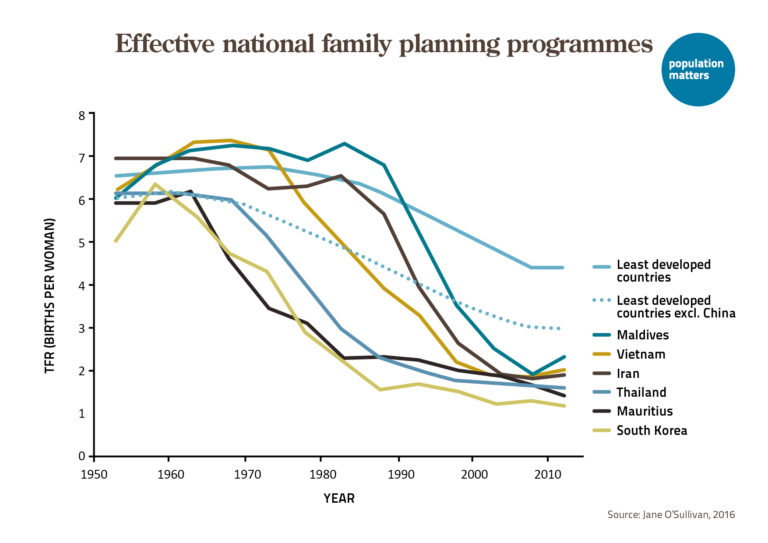

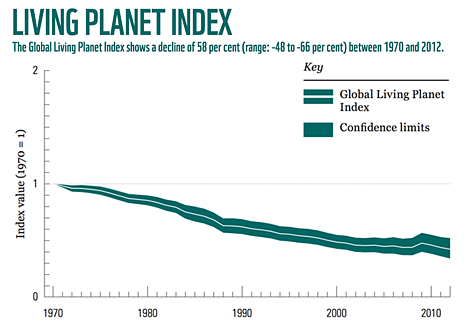
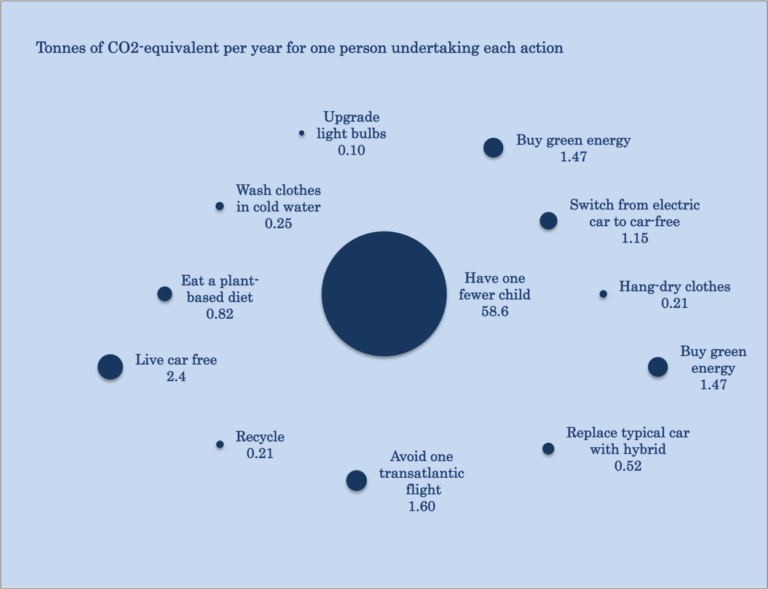
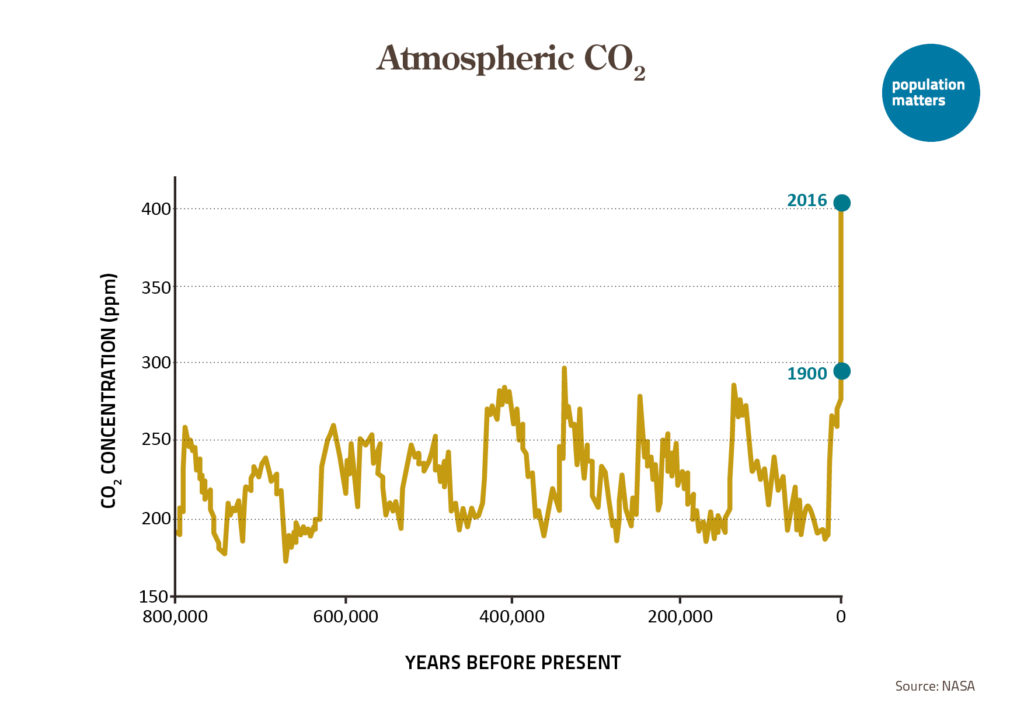
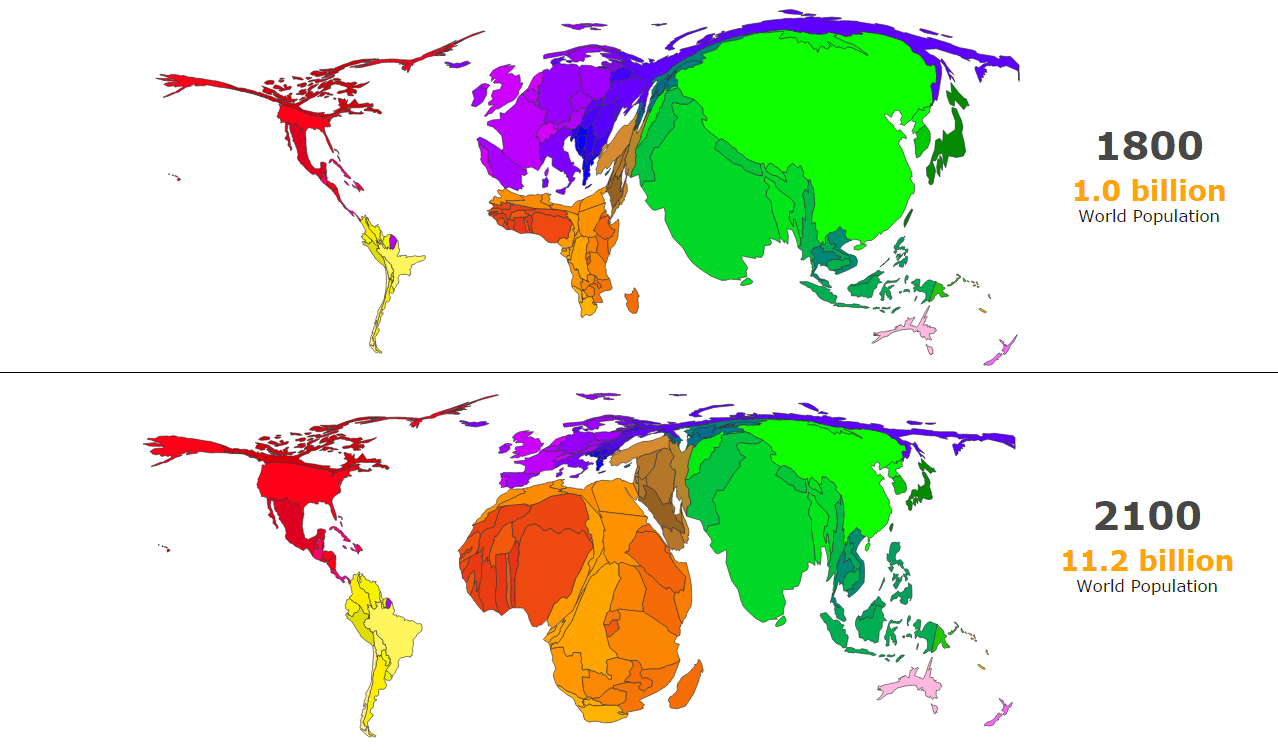
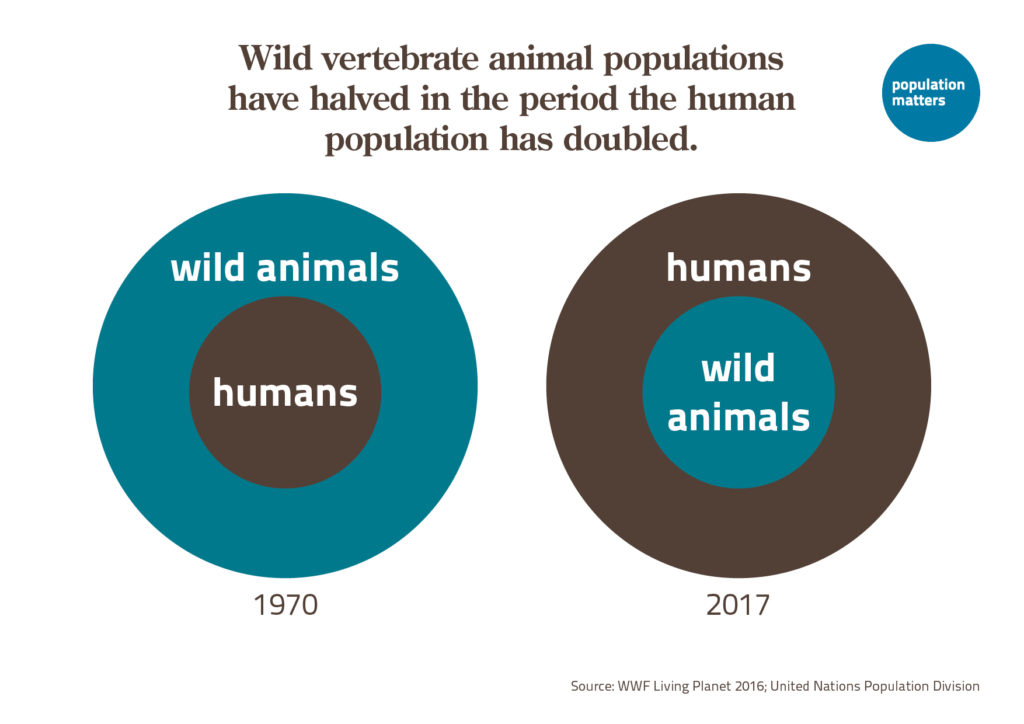
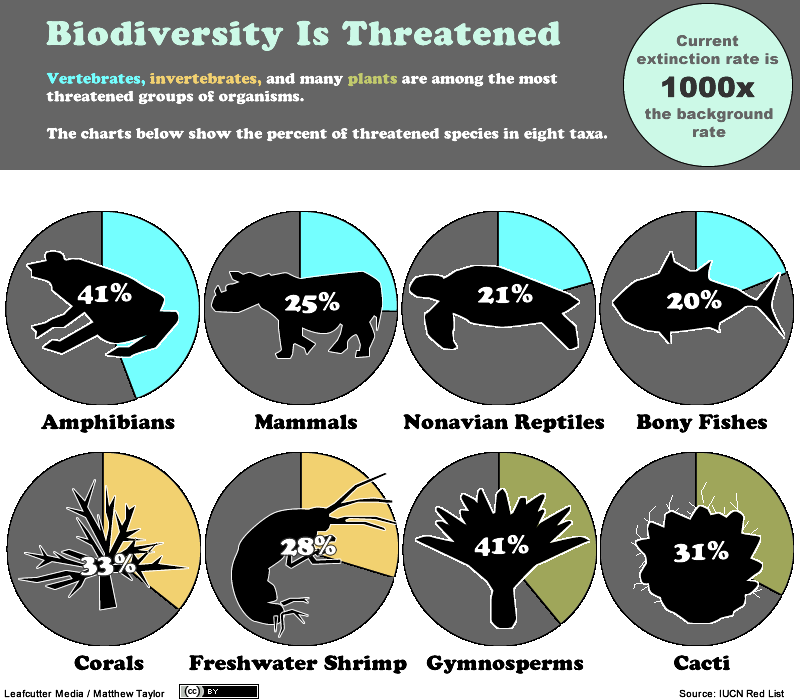

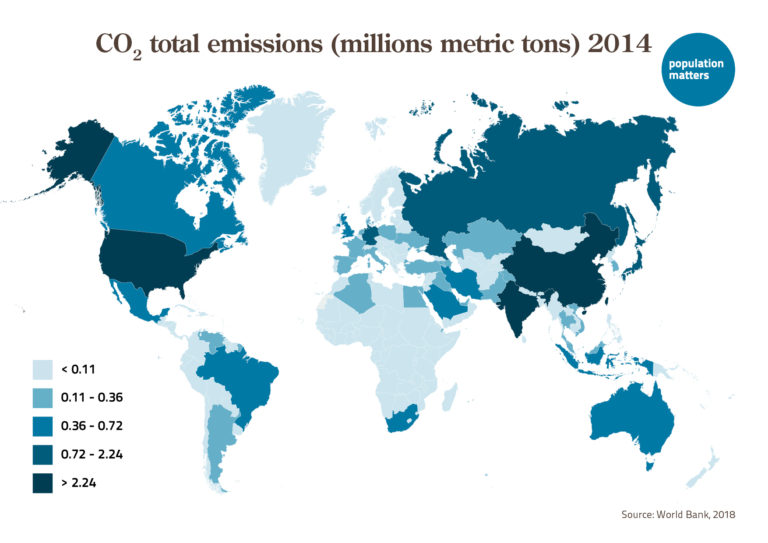

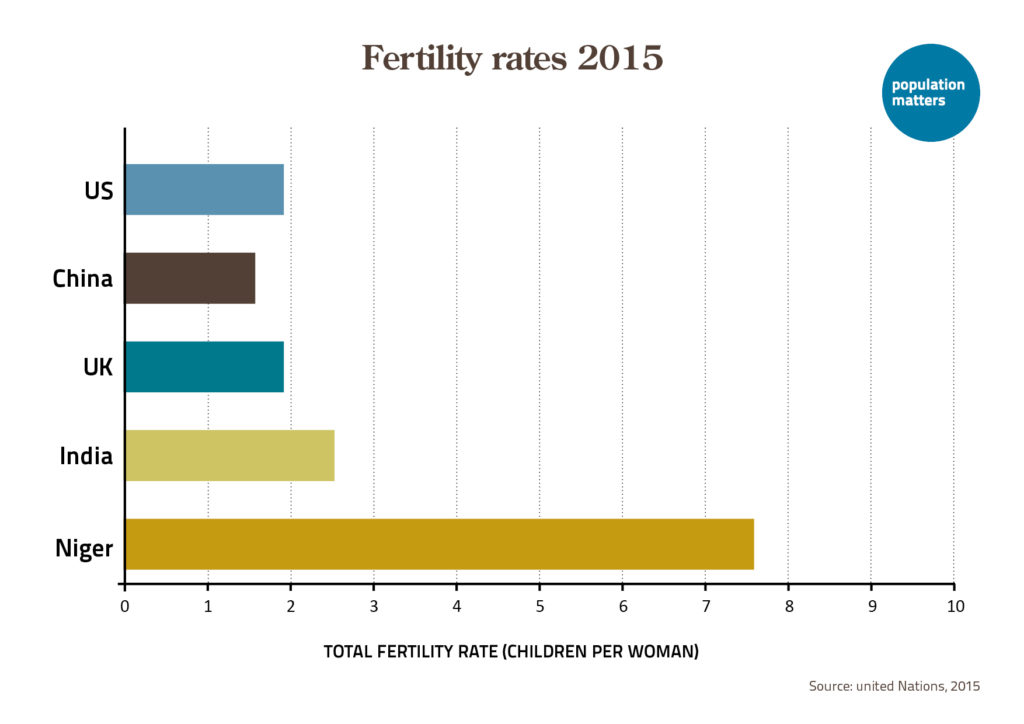
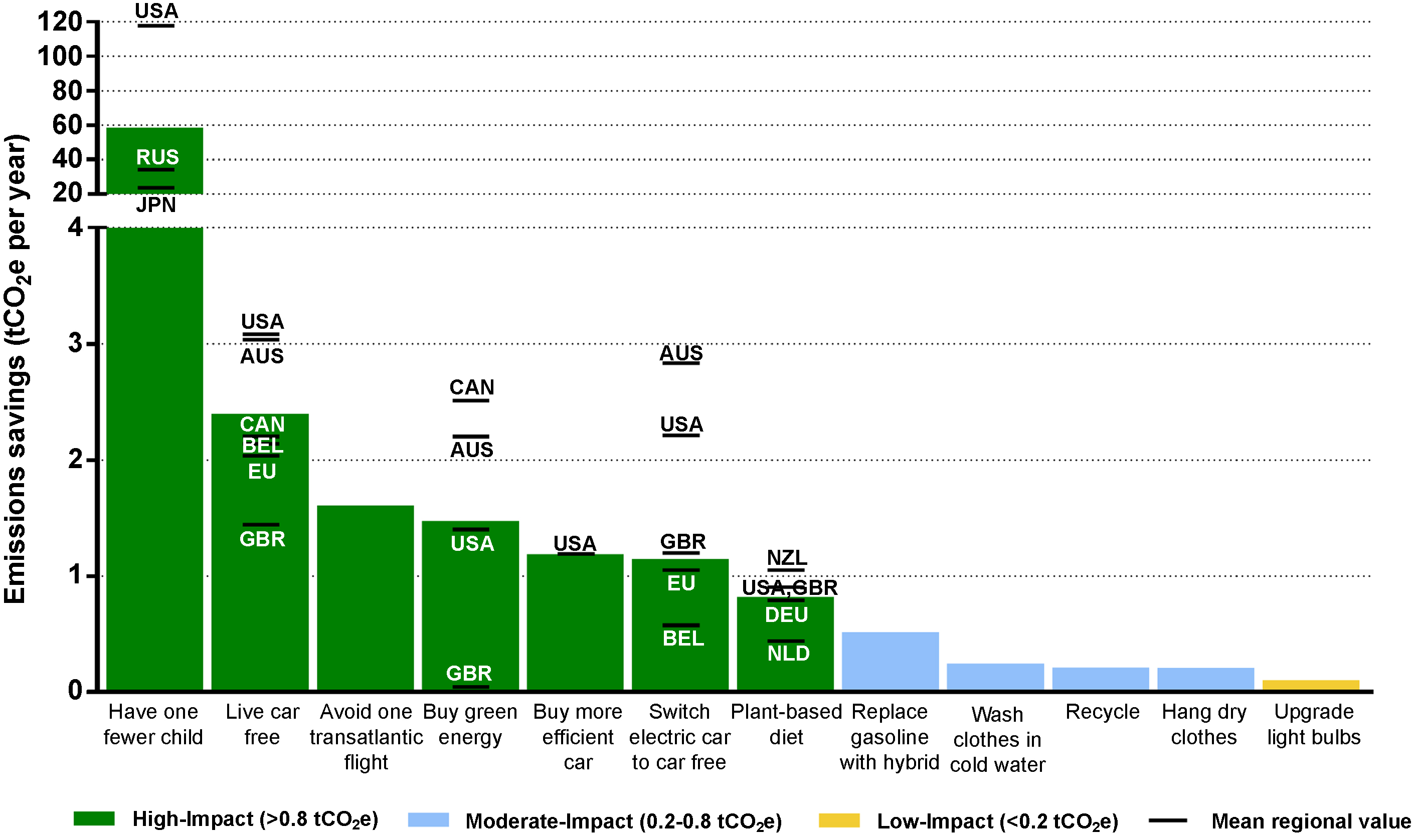



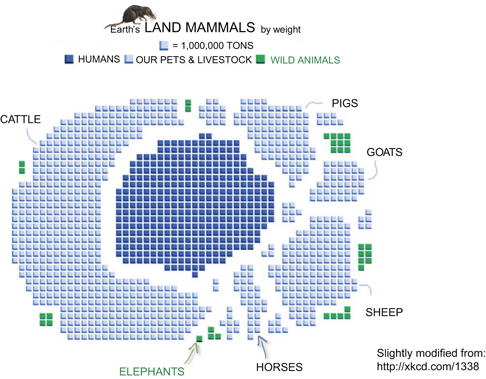

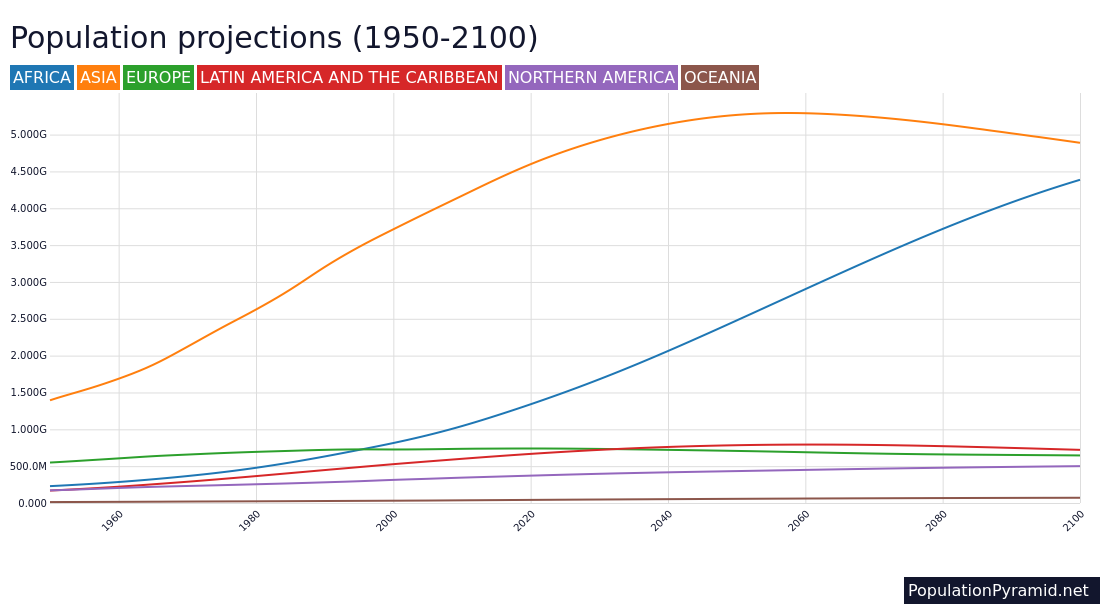
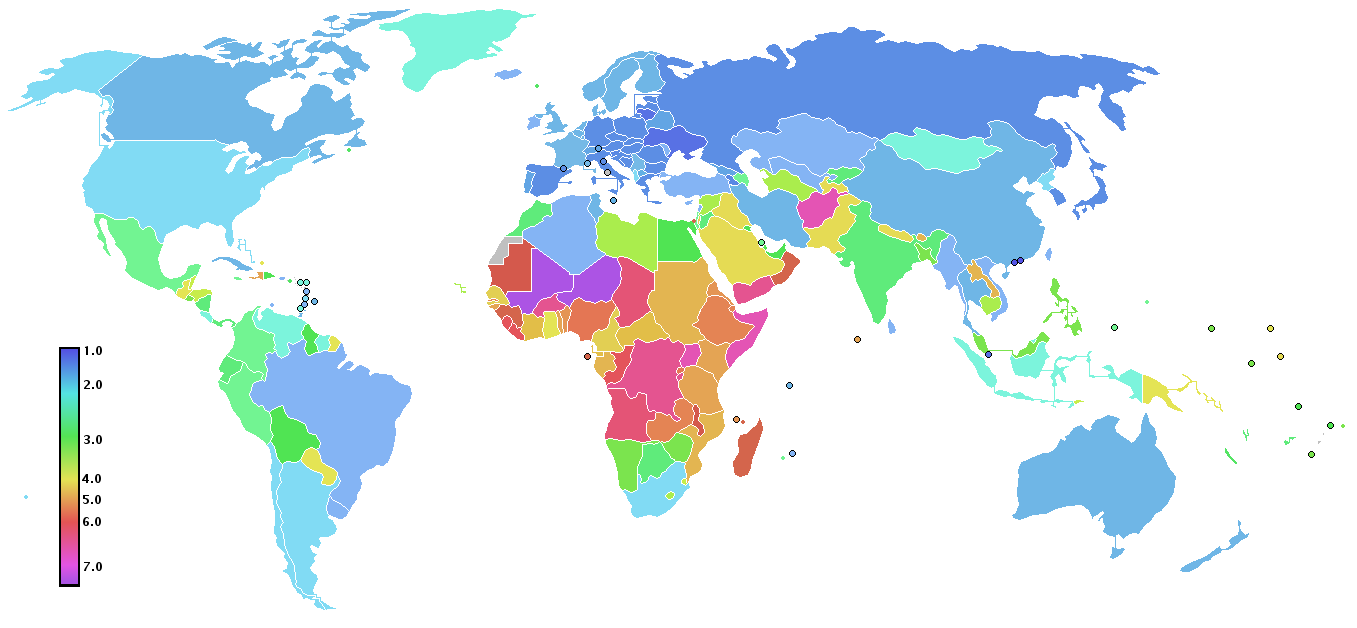
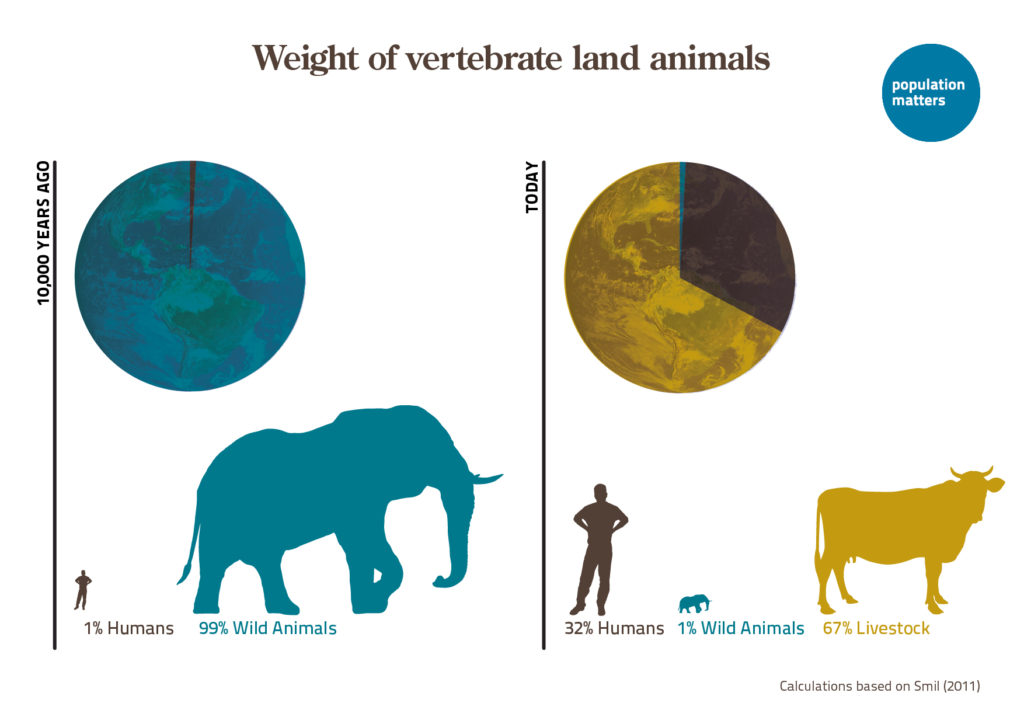

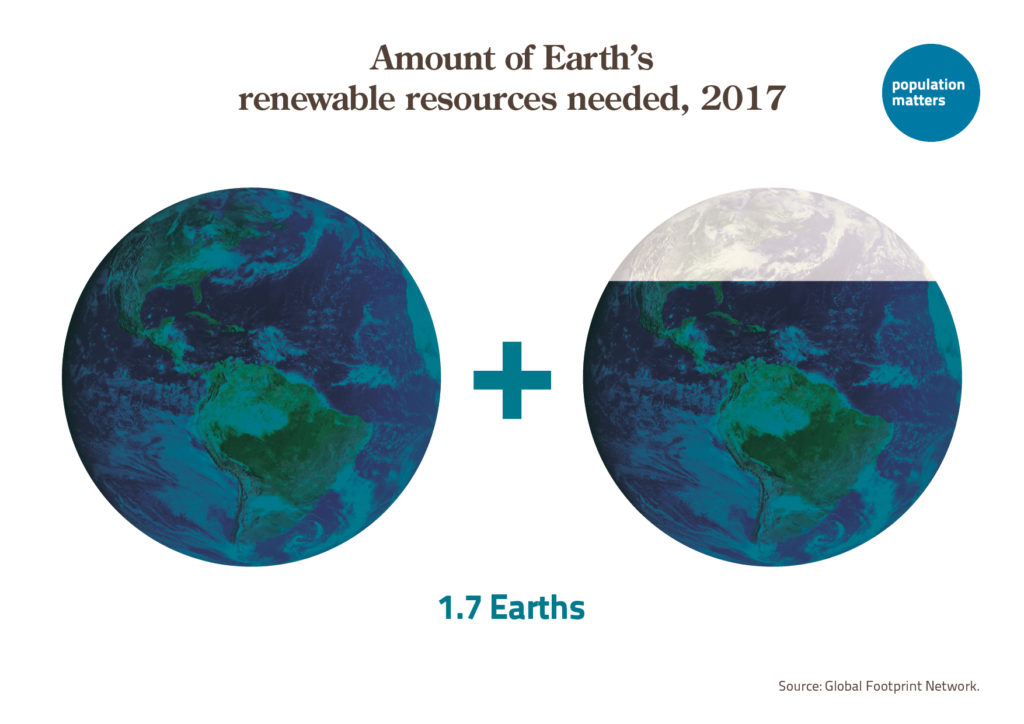


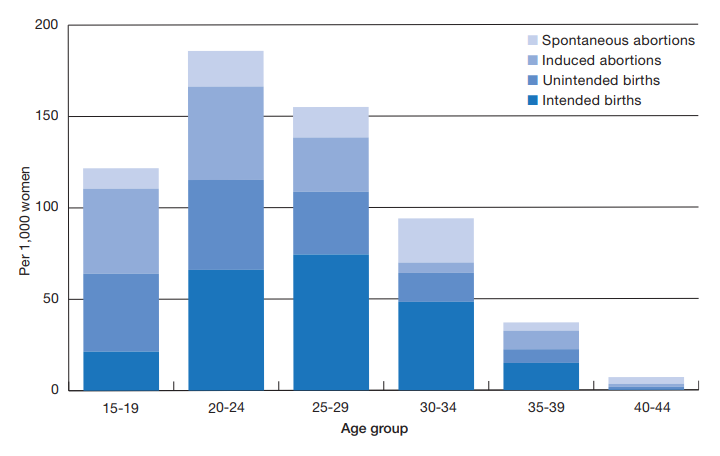
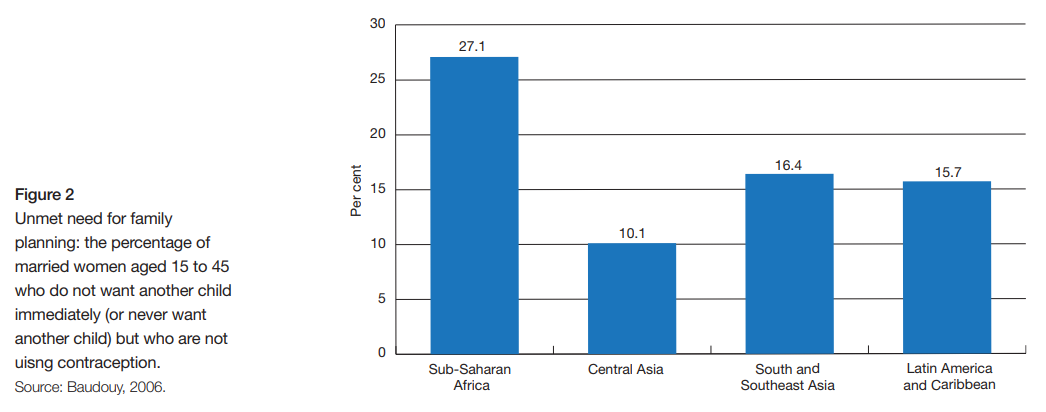
Leave a Reply